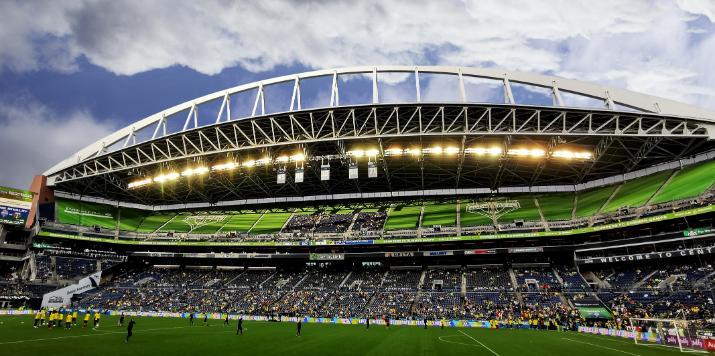 HHP - Update me in site_config > General Configuration
HHP - Update me in site_config > General Configuration
Major sport events bring excitement, large crowds, and the potential for additional revenues for local businesses. But there are also downsides. Many US sport consumers take personal vehicles to the event, creating traffic congestion and polluting the air.

Photo by Frantzou Fleurine - Unsplash
September 27, 2022
Major sport events bring excitement, large crowds, and the potential for additional revenues for local businesses. But there are also downsides. Many US sport consumers take personal vehicles to the event, creating traffic congestion and polluting the air.
In an effort to combat these pitfalls, several sport organizations have devised new travel options, such as encouraging consumers to park off-site and take busses to the event or offering incentives to use public transportation.
How effective, though, are these partnerships? This was one of the questions Gidon Jakar, Assistant Professor of Sport Management at the University of Florida, and colleagues pursued in a recent study.
The researchers focused on Seattle, WA (USA), where the city had developed partnerships with several sport venues. Sport consumers coming to the venues were incentivized to use the light rail, thereby potentially reducing congestion and the environmental impact.
Jakar and colleagues used ticket purchase data and GIS analysis to examine how effective the program was. Results showed that most fans lived further than five miles away from the venues, and among this group, light rail use was minimal. As a result, the fans relied on other forms of transportation.
In short, even though the program had promise, the geographic location of the fan base meant its success was limited.
What, then, do the findings mean for sport managers or cities seeking to offer more sustainable travel? Jakar and colleagues note that using data available to the teams and cities can result in more informed decisions and programs.
Sport managers and policy makers can “leverage internal data and GIS analyses to understand the influence of geographical segmentation of their fans and the influence of this distribution on the environmental impact of fans.”
***
For more information:
McCullough, B. P., Jakar, G., & Kellison, T. (2022). Distance decay and public transportation usage among select professional Seattle sport fans. Tourism Geographies. https://doi.org/10.1080/14616688.2022.2086906
***
Connect with UF SPM: Facebook | Instagram | LinkedIn | Twitter
***